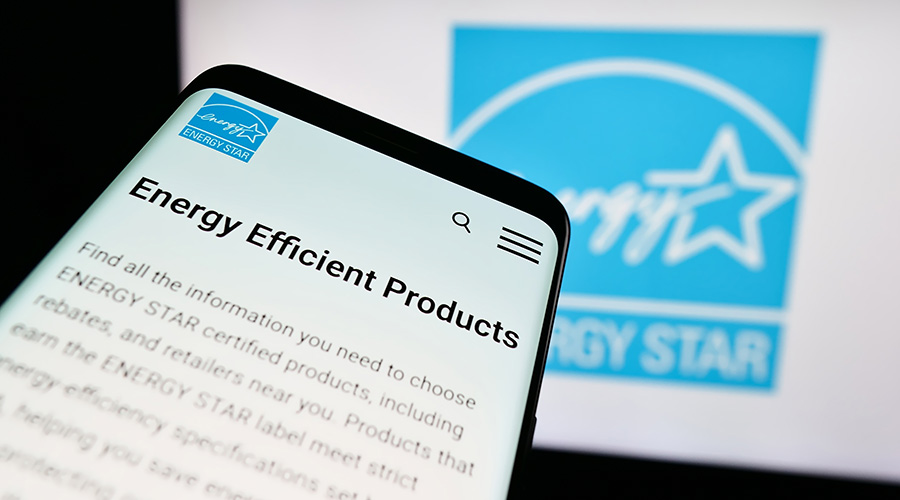Moving to Green Cleaning Methods Requires Buy-in From Maintenance Staff
Facility managers who want to make the switch to green cleaning may find resistance to the new approach from cleaning staff and building occupants.
Janitors may be fond of telling war stories about times when they spilled chemicals and the soles of their shoes melted off, says Mark Bishop, deputy director of the Healthy Schools Campaign. "The belief is that, the harsher the chemical, the more intense the smell, the cleaner you are going to get," says Bishop. "We are trying to get people away from that. Communication is always a challenge, and getting people to shift away from old habits."
Healthy Schools launched a pilot project in 2003 to show that green cleaning is as effective as conventional cleaning and that it is possible to get the necessary products from existing vendors. The successful pilot was the basis for changing the cleaning policies in Chicago Public Schools. The Healthy Schools Campaign's cleaning guide, which is being distributed regionally and nationally, is based on some of the industry's top standards: the International Sanitary Supply Association's "Cleaning and Management Standards for Green Buildings (CIMS-CB)" and Green Seal's "GS-42 Environmental Standard for Cleaning Services." Both are aligned with the U.S. Green Building Council's LEED for Existing Buildings: Operations and Maintenance (LEED-EBOM) standard. The Healthy Schools guide examines five steps to change: products, equipment, paper and plastics, procedures, and communications.
Most people start a green cleaning program by purchasing new chemicals. "In reality it doesn't cost more," says Bishop, adding that the anecdotal evidence on improved health effects in green buildings is compelling. School nurses report fewer asthma episodes, and cleaning personnel often say they can use chemicals without having to take "breathing breaks." The green products eliminate carcinogens, VOCs (volatile organic chemicals) and asthmagens. They also are more biodegradable and have less "aquatic toxicity," meaning they are not as dangerous for the waste stream when they are dumped down the drain or toilet.
Market is Moving to Green
Skeptical janitorial staff are sometimes surprised to find that they already are using some Green Seal chemicals, says Bishop. The market, which has changed dramatically, is beginning to make green the standard.
Most existing suppliers carry new green products, which are "cost neutral" and cost-effective over the long-term, says Steve Ashkin, executive director of the Green Cleaning Network and president of the Ashkin Group. When using these new products, it is possible to use fewer chemicals but also necessary to learn proper procedures for mixing and applying chemicals. Often, janitors and custodians have to be convinced that green products they have not used will do the job.
"You have to be sensitive to the human dynamic and get buy-in," says Ashkin. "If cleaning staffs are misusing the product or not applying it correctly or disposing of it improperly, it can have negative environmental or health impacts. We assume cleaning staffs follow the label, but we can't know that. We have to train people."
Paper is the second easiest area to tackle, says Ashkin, although facility managers may be concerned about the cost of recycled paper — which can be more expensive than virgin paper. A 10 to 20 percent cost reduction can be realized by replacing multifold towel dispensers with large rolls, which reduce consumption of paper by 25 to 30 percent.
Even more crucial to the successful conversion to recycled paper, especially toilet paper, is getting the people in the building on board. "I recommend that if you are changing toilet tissue, to put it in the women's bathroom first and get feedback," says Ashkin.
Paper quality can range from something akin to sandpaper to acceptable softness, even if it is not three-ply paper that is softer than facial tissue.
"You need to find quality that will not result in occupant complaints," says Ashkin. "A green cleaning program will get a black eye if you buy cheap toilet paper."
Soap dispensers present another easy opportunity for green cleaning. "Probably the most important thing facility managers can do is encourage people to wash their hands," says Ashkin. To this end, foam soap, which people like, encourages them to wash their hands, and it also reduces the quantity of soap that each person uses.
Related Topics:












